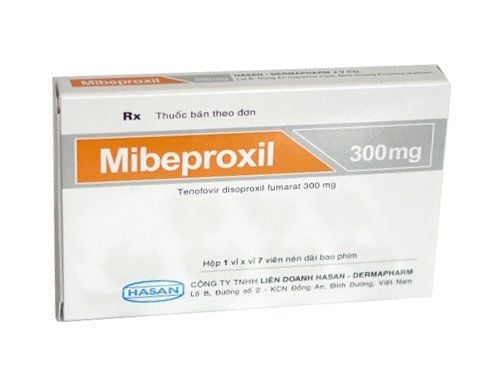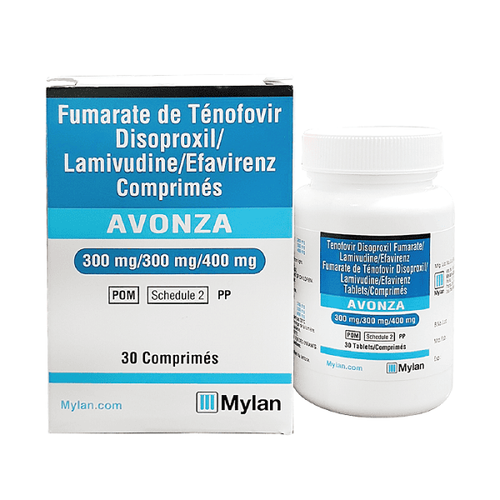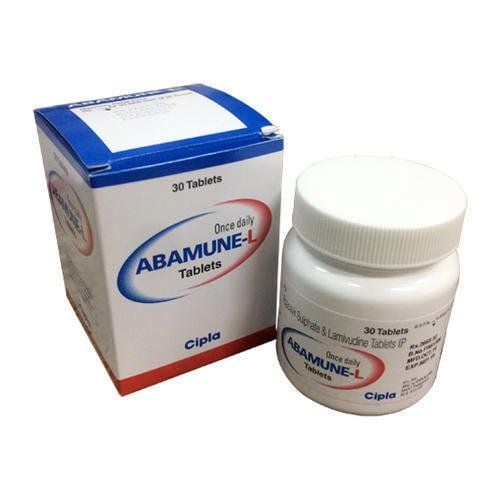This is an automatically translated article.
Didanosine is an HIV medicine that belongs to the group of antiretroviral drugs. Usually Didanosine is used in combination with other medicines to treat HIV. However, Didanosine may reduce the viral load in the blood without completely preventing the risk of spreading HIV to others.1. What is Didanosine?
Didanosine is an antiretroviral drug, used as an HIV treatment for human immunodeficiency virus (HIV) infections.Didanosine's mechanism of action is to prevent the virus from replicating (replicating) itself, indirectly reducing the number of viruses in the body. Accordingly, the drug Didanosine helps to slow down HIV infection but is not a complete cure. HIV destroys cells in the body, called CD4 T cells. These cells are a type of white blood cell and are important because they are involved in protecting the body from infection. If left untreated, HIV infection weakens the immune system, leaving the body unable to defend itself against bacteria, viruses and other germs, making it more susceptible to opportunistic infections and ultimately, exhaustion, death.
2. How is Didanosine used?
Didanosine is available as an extended-release (long-acting) capsule, a tablet that can be chewed or mixed with water, a powder mixed with water, and a solution. All of these dosage forms are for oral administration.If you are using extended-release capsules, swallow them whole; do not split, chew, crush, or open the tablet.
If you are using the chewable tablet, do not swallow it whole. Instead, chew the tablet thoroughly or mix it with at least 20ml of water and stir well to dissolve the tablet before swallowing. You can add one to two tablespoons of apple juice to the mixture for flavor if needed. Do not use any other juice and drink the suspension immediately.
If you are using powdered medicine, it must be mixed with water immediately before use. Open the package and pour the powder into a glass with half a cup of water. Stir the mixture for 2 or 3 minutes until the powder is completely dissolved. Drink all of the reconstituted solution immediately. Do not mix powder with juice or any other liquid.
If you are using liquid medicine, shake the vial well before each use to mix the medicine well. Use the measuring spoon or cup attached to the medicine bottle to measure the exact dose, do not use a regular household spoon.
Didanosine is usually taken once or twice a day on an empty stomach, 30 minutes before or 2 hours after eating. To help remember when to take didanosine, take it at the same time each day. Follow the directions on the medicine label carefully and ask your doctor or pharmacist to explain any part that is unclear. Follow the dose of didanosine prescribed by your doctor; do not take more or less or take it more often than prescribed.
Didanosine drug controls HIV infection but does not cure the disease completely. Doanosine should be continued even if you feel well. Do not stop taking didanosine without consulting your doctor. If you accidentally miss a dose or stop taking didanosine , the condition can become more difficult to treat, the viral load in the blood becomes difficult to control, and the risk of infection increases.

Thuốc Didanosine được sử dụng như thuốc điều trị HIV
3. Notes when using didanosine drug
Pancreatitis Didanosine has been shown to cause pancreatic toxicity. Accordingly, in patients with risk factors for pancreatitis, didanosine should be used with extreme caution.Patients with end-stage HIV infection, especially the elderly, are at increased risk for pancreatitis and need to be closely monitored.
Patients with renal impairment may be at higher risk for pancreatitis if treated without dose adjustment. The reported frequency of pancreatitis is dose related.
Lactic acidosis or fatty liver Lactic acidosis and fatty liver can occur with the use of didanosine from mild to severe and even fatal.
Commonly acquired subjects are female, obese and have been on long-term nucleoside treatment. This risk has also been reported with the use of nucleoside analogues alone or in combination, including didanosine and other antiretrovirals.
Thus, particular caution should be exercised when administering didanosine to any patient with known risk factors for liver disease. The decision to discontinue didanosine should be considered in any patient presenting with clinical or laboratory symptoms suggestive of hyperlactatemia, lactic acidosis, or hepatotoxicity.
Retinal changes and optic neuritis Retinal changes and optic neuritis have been reported in adults and children with didanosine use.
Therefore, retinal examination of patients on didanosine treatment should be performed periodically.
4. What are the possible side effects of didanosine?
Call your doctor or go to the emergency room if you notice signs of an allergic reaction: hives; shortness of breath; swelling of the face, lips, tongue, or throat.Mild symptoms of lactic acidosis as a side effect of didanosine use may worsen over time and the condition can be fatal, including unusual muscle pain, shortness of breath, stomach upset nausea, vomiting, irregular heartbeat, dizziness, feeling cold or tired.
Also, call your doctor for immediate treatment if you have any of the following:
Numbness, tingling, or pain in your hands or feet Blood or tarry stools, coughing up blood or substance vomiting that looks like coffee grounds Changes in vision Signs of liver or pancreas problems - loss of appetite, upper abdominal pain (which may spread to the back), nausea or vomiting, fast heartbeat, urine darkening, yellowing of the skin or eyes. In addition, Didanosine affects the immune system, which can cause certain side effects that appear weeks or even months after taking this medicine: Signs of a new infection - pus, night sweats, swollen glands, cold sores, cough, wheezing, diarrhea, weight loss Difficulty speaking or swallowing, problems with balance or eye movements, weakness or feeling like Needles Swelling in the neck or throat due to an enlarged thyroid gland, menstrual changes, impotence.

Thuốc didanosine có thể gây ra các tác dụng phụ cho người dùng
5. Drugs that interact with didanosine drugs
Certain HIV medicines or antibiotics should not be taken at the same time as didanosine. These drugs can affect blood levels of didanosine:Ciprofloxacin should be taken at least 2 hours before or 6 hours after didanosine Delavirdine or indinavir should be taken at least 1 hour before didanosine Nelfinavir should be taken taken at least 1 hour after didanosine Itraconazole or ketoconazole should be taken at least 2 hours before didanosine In addition, there are many other drugs that can affect the effectiveness of didanosine and some drugs should not be taken use at the same time. Accordingly, it is necessary to consult with your doctor about any medications you are taking with didanosine e, including prescription and over-the-counter medicines, vitamins, and herbal products.
In summary, Didanosine is an antiretroviral drug that, in combination with other antiretroviral drugs, is indicated as an HIV drug. While not a cure for HIV or AIDS, Didanosine helps reduce viral load, limit damage to the immune system, and reduce the risk of transmission. Accordingly, it is necessary to adhere to the use of Didanosine in accordance with the indications to achieve long-term sustainable effects.
Please dial HOTLINE for more information or register for an appointment HERE. Download MyVinmec app to make appointments faster and to manage your bookings easily.
References: webmd.com, accessdata.fda.gov, patient.info, uofmhealth.org












